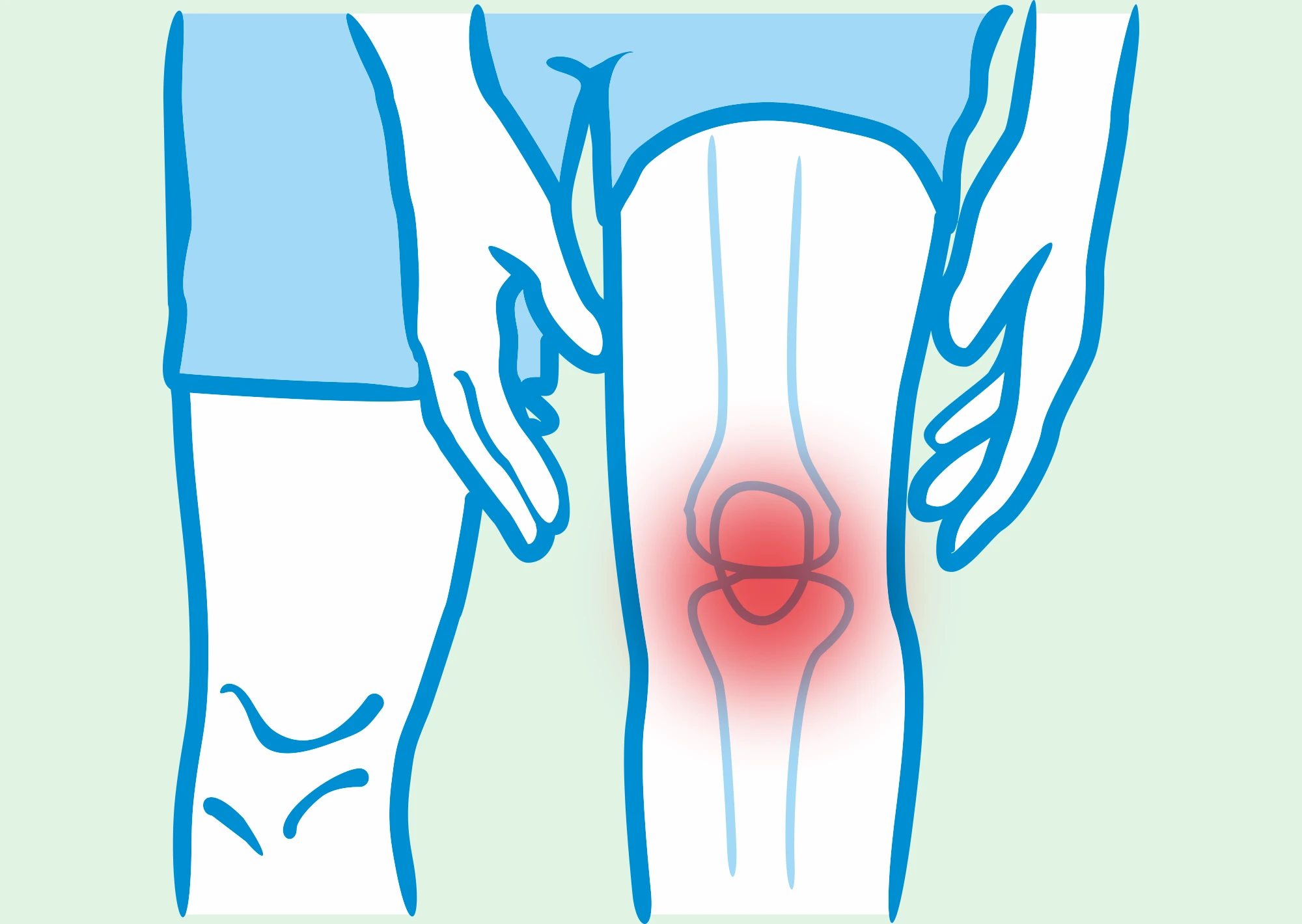To provide services at the highest level, we use cookies. Using the website requires you to choose settings related to their storage on your device. If you want to know what each type of cookie is used for, click the Details button below.
Spondyloarthropathy – symptoms, causes, treatment25 kwietnia 2024 |

Spondyloarthritis, often abbreviated as SpA, is a group of rheumatic diseases characterized by joint inflammation, particularly of the spine joints. These diseases may also involve peripheral joint inflammation and extra-articular manifestations such as eye inflammation, skin psoriasis, or inflammatory bowel conditions.
Yes, spondyloarthritis is considered an autoimmune disease. This means that in spondyloarthritis, the body's immune system often attacks its own tissues, causing inflammation. This occurs especially in the spine joints but can also manifest in other areas.
Spondyloarthritis includes several different diseases, including ankylosing spondylitis (AS), which is one of the types of axial spondyloarthritis (axSpA). This further divides into radiographic axSpA, where changes are visible in radiological examinations of the sacroiliac joints, and non-radiographic axSpA, where such changes are not visible.
For individuals suffering from AS, sleep comfort can be significantly improved by using an orthopedic mattress such as the Osaka Air, which provides proper spinal support. It is also important to maintain a straight posture during sleep, use appropriate anatomical pillows, and avoid sleeping positions that may increase pain or stiffness.
Spondyloarthritis is a chronic inflammatory disease that can lead to various organ changes. These include uveitis (eye inflammation), skin psoriasis, inflammatory bowel diseases, and cardiovascular conditions. Organ changes in the course of spondyloarthritis arise from a systemic inflammatory state, therefore requiring multi-specialty evaluation and specific treatment.